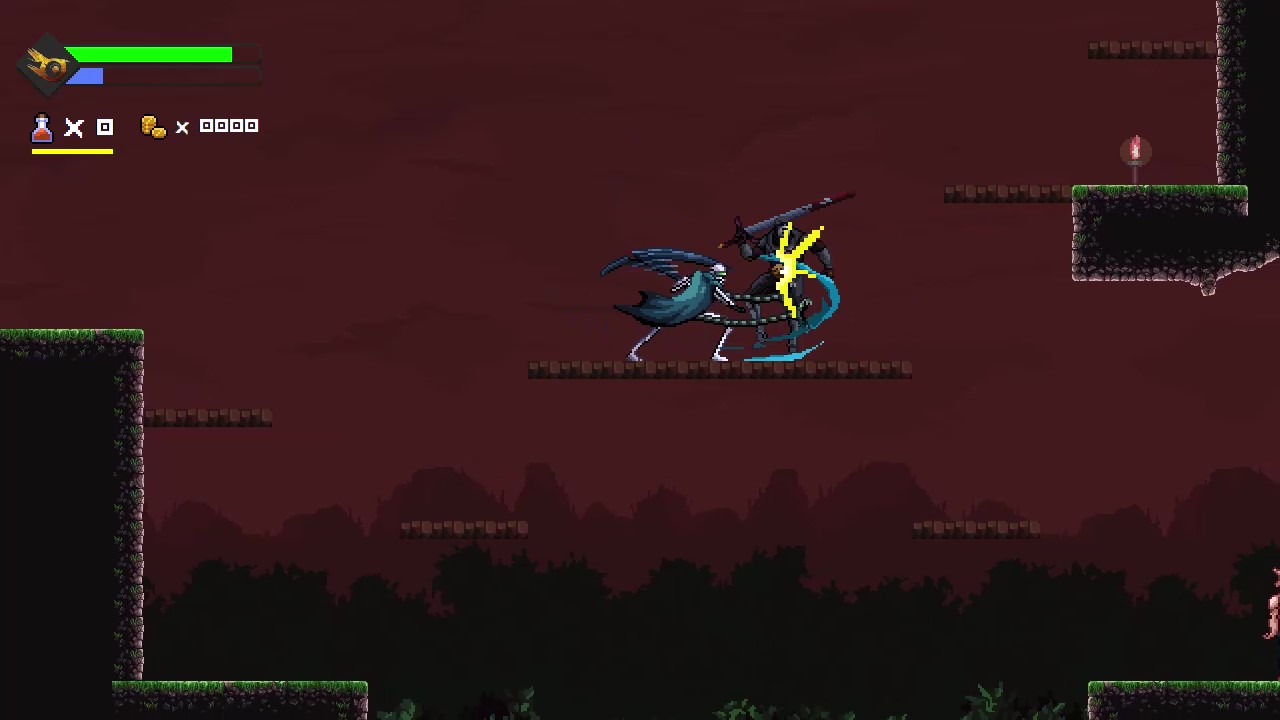
The have a wing span of 4 to 5 inches long with narrow front wings. When the adult hornworm moths emerge from their cocoon, they have large bodies that are gray-brown in colour with yellow dots on the side of their abdomen. During the last instar stage the caterpillar is about 3 ½ to 4 inches at full maturity. Finally they have a black “horn” sitting at the end of the last abdominal segment of their body. In the first instar stage they are yellow to white with no markings and in later instars stages they develop 8 white, lateral “V-shaped” markings. The hornworm larvae/ caterpillars are pale green with black and white markings on them. The eggs are smooth, oval, and yellow to light green in colour. If there are still hornworms in the pupae stage, they will remain their all winter and emerge the following spring. Throughout the summer months, moths will start to emerge from the pupae stage, mate, and begin laying the next generation of eggs on host plants. At this point the fully-grown larvae drop off the plant and burrow into the soil to pupate, also known as completing their metamorphosis process to become a moth.

It takes about 3 to 4 weeks for the caterpillar to reach the final instar stage and full maturity. During the larvae/ caterpillar stage, hornworms undergo 5 to 6 instar or molting stages. That being said, a large number can spontaneously appear in home gardens.ĭuring late spring the eggs of hornworms are deposited on both the upper and lower surfaces of host plants leaves, taking 6 to 8 days to hatch after being laid. This particular insect does not usually reach economical damaging levels in crop fields. Hornworms can be found throughout North America.


 0 kommentar(er)
0 kommentar(er)
